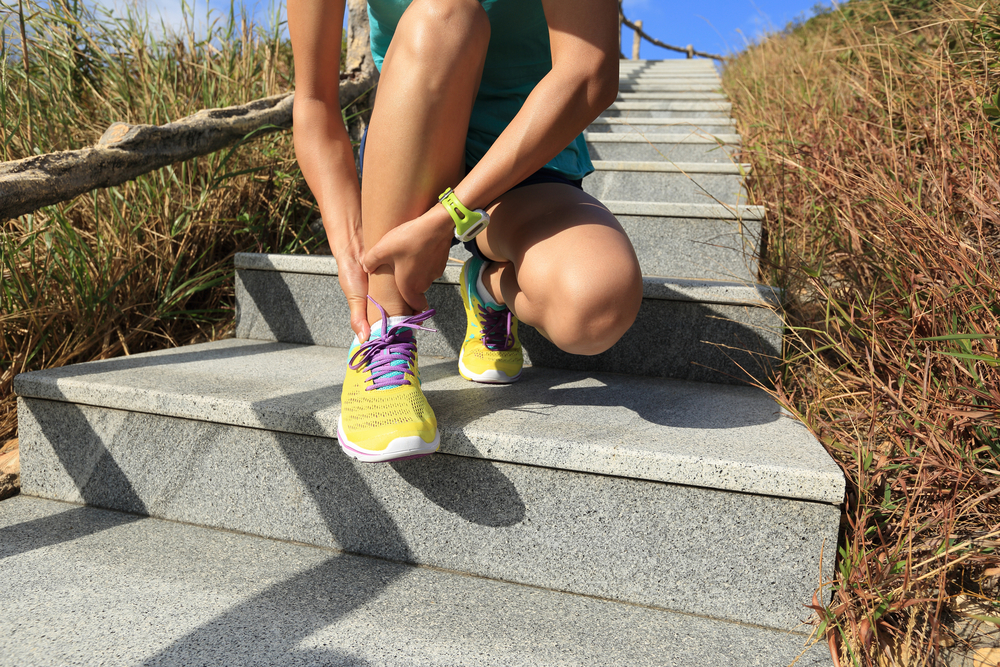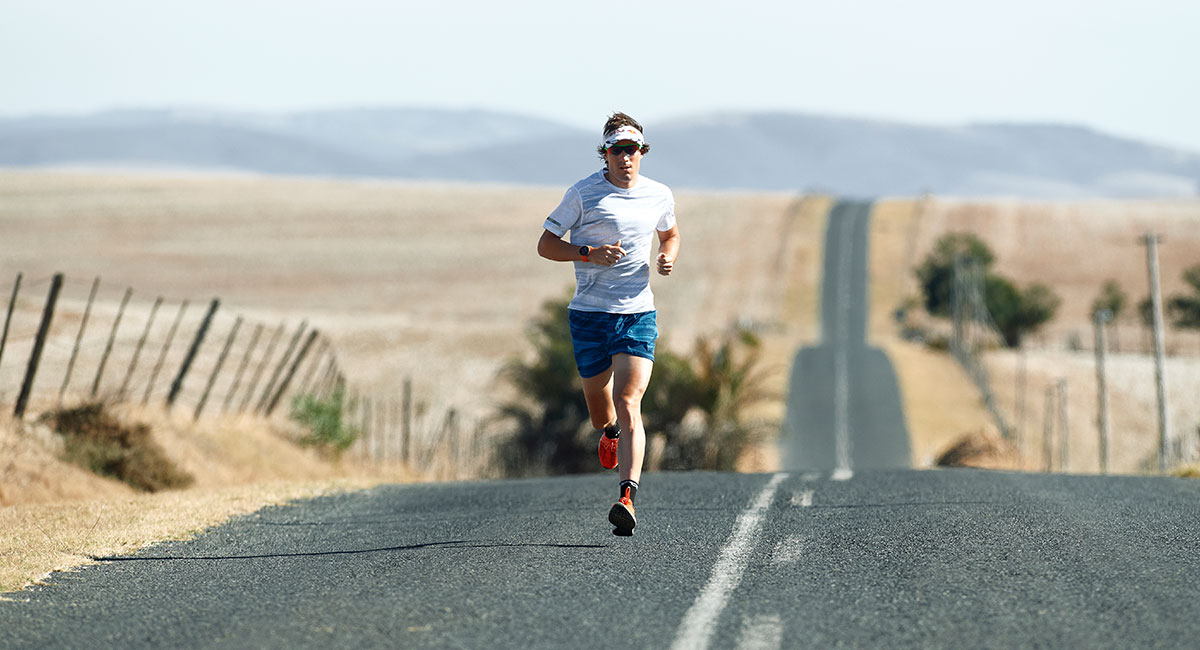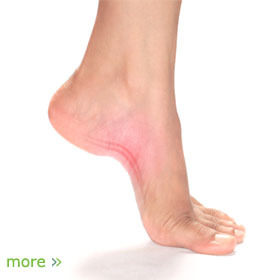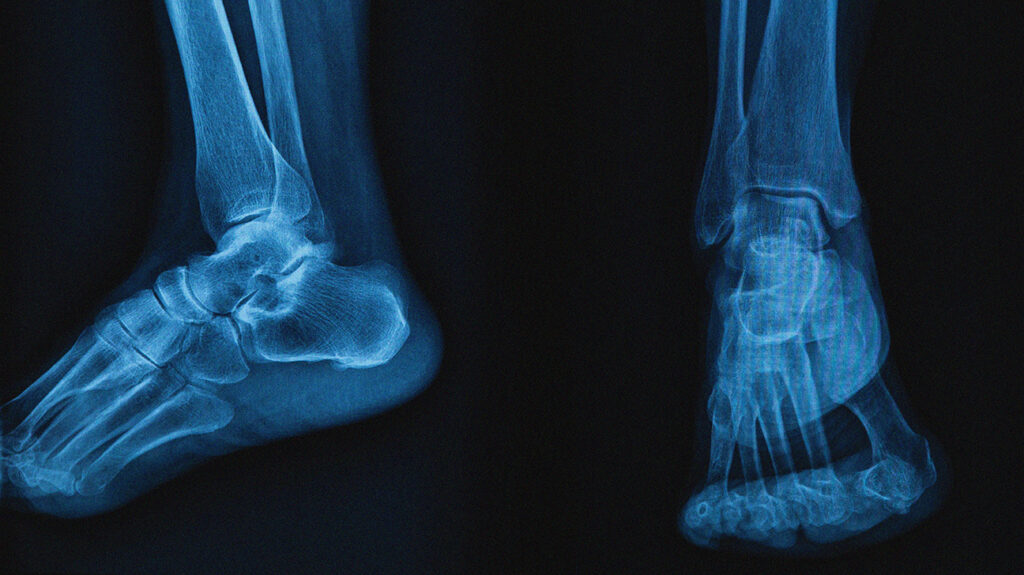Running Related Injuries
A great running blog from our partners at Injury Clinic Geelong. For the original blog please click here.
RUNNING RETRAINING & ITS EFFECT ON INJURY & PERFORMANCE
With an increase in running participation, the prevalence of running-related injuries is also on the rise, with up to 78% of runners injured each year.
The most frequent running-related injuries are reported to be: Medial Tibial Stress Syndrome, Achilles Tendinopathy, Plantar Fasciopathy, and Patellofemoral Pain.
Many risk factors have been identified for the development of running-related injuries, including individual biomechanical variations regarding kinetics (forces), kinematics (movements) and muscle function. Given the association between altered biomechanics during running and injury risk, it is plausible that changing running technique may be beneficial in the prevention and management of running-related injuries.
When considering running retraining to either prevent or manage injury, identifying the primary biomechanical factors that should be changed presents the greatest challenge. Changing one variable of running technique, such as foot strike, cannot be implemented without resulting in significant changes to other biomechanical variables.
Although clinicians typically recommend changing running technique with the primary intention of reducing symptoms and injury risk, such changes may inadvertently affect running efficiency, at least in the short term. Similarly, coaches and runners may consider a change in running technique to improve performance, yet this is likely to change tissue loading and have implications on injury risk.
SHOULD YOU CONSIDER A CHANGE IN RUNNING TECHNIQUE?
Possibly. If you are experiencing a running-related injury, having difficulty increasing running load, or have noticed a plateau in performance, analysis of running technique may provide valuable information to direct appropriate changes to running technique. However, one must remember that changing technique changes load distribution, so whilst load may reduce in some areas, it will increase through others. Our tissues need time to adapt to these changes, otherwise risk of ‘new’ injury will increase.
If considering a change in running technique to improve performance, keep in mind that your tissues will need time to adapt to any changes that have been
RUNNING TECHNIQUE CHANGE…AN EXAMPLE
TRANSITION FROM REARFOOT STRIKE (HEEL) TO NON-REARFOOT STRIKE (MIDFOOT/FOREFOOT) PATTERN
WHAT DO WE KNOW?
We know that running coaches commonly encourage the adoption of a none-rearfoot strike (NRFS) running pattern in an attempt to improve efficiency and performance. This is largely based on the theory that NRFS running allows better elastic return of energy from the plantar fascia and tendons of the foot and ankle compared to rearfoot strike (RFS), combined with research indicating elite runners tend to run with a NRFS.
Transitioning from a RFS to a NRFS pattern results in an immediate change in loading profile, and can therefore be used to take load away from injured or damaged tissues (e.g. the knee). However, consideration must be given to the type of injury and tissues involved before assuming that injury risk will be mitigated by adopting NRFS.
If choosing to transition to a NRFS as part of injury management, changes should be implemented gradually to ensure changes in tissue loading profile do not result in injury to unaccustomed tissue. Considering the lack of evidence to support any improvements in running efficiency, combined with the associated shift in loading profile (i.e. greater load at the foot and ankle), changing strike pattern cannot be recommended for an uninjured RFS runner.
IS IT BENEFICIAL?
INJURY
Evidence suggests that transitioning from a RFS to a NRFS pattern may be beneficial in the management of some lower limb injuries such as patellofemoral pain and anterior exertional lower leg pain. However, changing foot strike as an intervention is rarely done in isolation making it difficult to attribute symptom reduction to a change in foot strike alone.
PERFORMANCE
There appears to be no consensus in the literature regarding the influence of strike pattern on running performance, and it may be difficult to determine as any alteration to running gait is likely to initially reduce running efficiency until necessary adaptions have occurred.
SUMMARY
So, there’s a lot we don’t know. But there are a few gems we do know…
Don’t assume that a change to technique will improve your performance. It’s risky, and initially may do just the opposite.
Running retraining is beneficial in injury management, but make sure you have your technique assessed by someone who knows a bit about it. We can take load away from injured tissue, but in doing so will increase the load through unaccustomed tissue. It needs to be done carefully, gradually and with sound knowledge of biomechanics & physiological tissue adaptations.
For more tips on running technique check out GPC’s blog on Running Mechanics.









